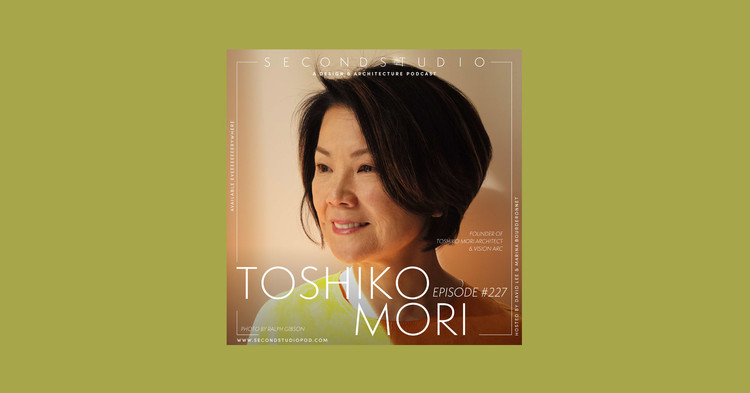Expanding beyond just March 8th, ArchDaily acknowledges and celebrates the ongoing contributions of women who influence the development of the built environment globally. The "Women in Architecture" theme is central to our content strategy, underscoring our daily commitment to highlight the vital role and impact of female architects.
After arguing in 2021 “Why is it still important to talk about "female architects"?, contributing to “rebalancing forces and adjusting narratives” in 2022, and focusing on the achievements of "innovative women at the forefront of global challenges" in 2023, on this International Women's Day, we extend an invitation to you to watch ArchDaily's documentary "Women in Architecture." This project, initiated by Sky-Frame and directed by Boris Noir, offers a captivating exploration of the role of women in shaping the architectural landscape, looking specifically at the professional and personal journeys of three remarkable women in architecture, each contributing something unique to the world: Toshiko Mori, Gabriela Carrillo, and Johanna Meyer-Grohbrügge. To inspire our community with their stories and accomplishments, we are pleased to announce a sequel film, set to be launched in 2024. This installment will showcase three new female architects, including Tosin Oshinowo, a Nigerian architect, designer, and curator of the 2023 Sharjah Architecture Triennial.





































.jpg?1461556064)
.jpg?1461555713)
.jpg?1461555891)
.jpg?1461555072)
.jpg?1461556241)


.jpg?1361404373)
